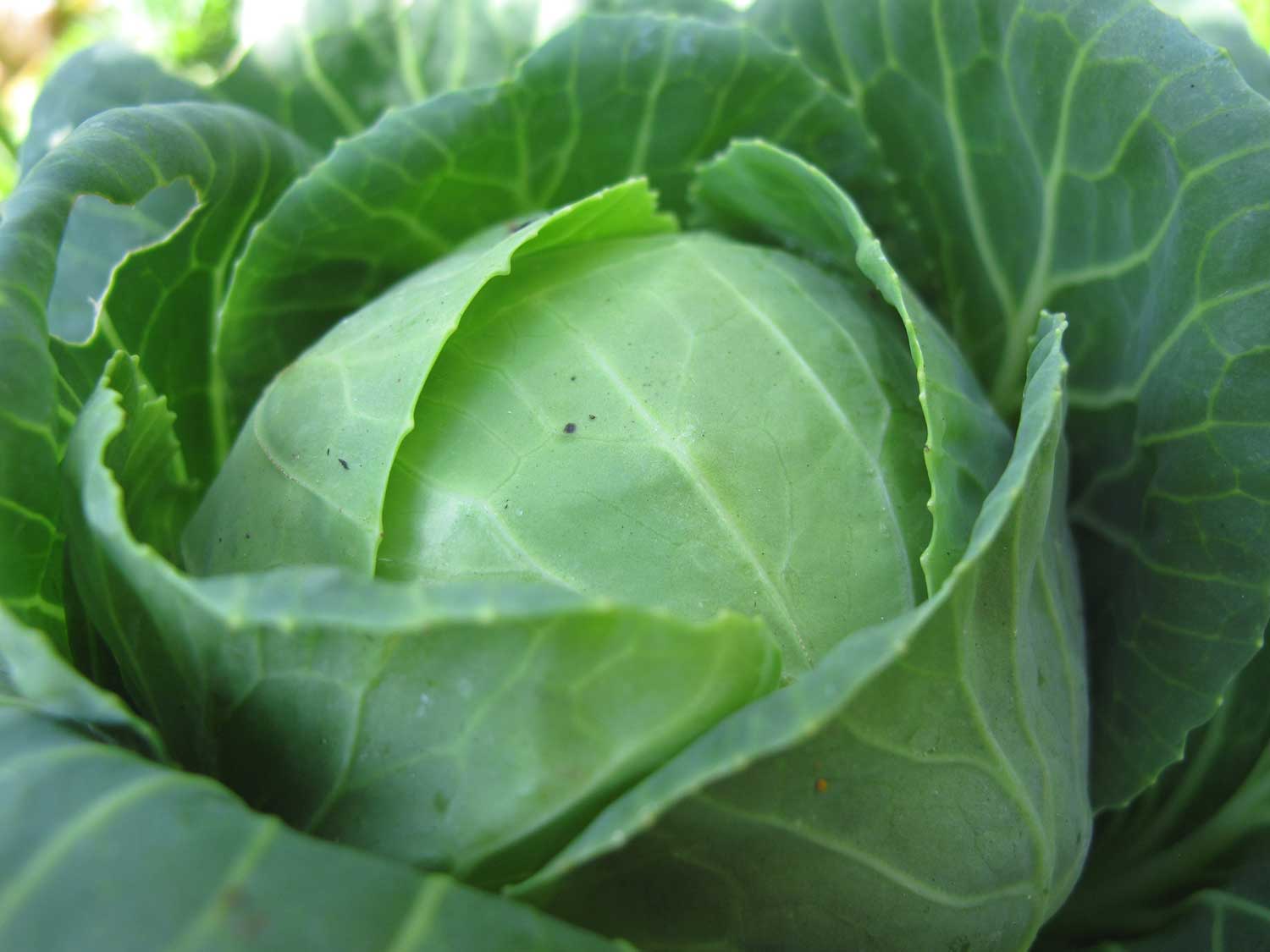Jane Griffiths has this advice on maintaining a steady harvest throughout the colder months. Follow these great tips for growing winter veggies.
More like growing winter veggies: Companion herbs for winter veggies
Some vegetables take longer to mature than others. Cauliflower, for example, can take up to five months to form a head, while cabbages will be ready in less, and Asian greens grow quickly all through winter. The secret to maintaining a steady harvest is to plant long-term, mid-term and short-term varieties.
LONG TERM
CAULIFLOWER

This is one of the most versatile and delicious winter veggies to grow.
Growing tips: Cauliflower needs cold temperatures and constant moisture when it matures – if it’s too hot, it won’t form a good head. November to March is the best time for sowing. Sow seeds in seed modules and transplant seedlings up until early May very gently with little disturbance to the roots. Cauliflower needs rich soil with plenty of compost and produces a better head if grown in firm soil.

LONG AND MID TERM
CABBAGE

Cabbage comes in an assortment of colours and shapes. Stagger the harvest by planting varieties with different harvest times. For example, ‘Brunswick’ will be ready to harvest about 75 days after transplanting, whereas drumheads take around 90 days. Both provide a staggered harvest over 15–20 days. ‘Michihili’ will be ready after only 55–60 days. By planting these three varieties at the same time, you can harvest cabbage for over 50 days. Repeat this planting every 34–40 days to have cabbage all year round.

Growing tips: Cabbage can be grown all year round, but make sure it doesn’t mature in midsummer and don’t sow seeds in midwinter. Sow seeds in trays and transplant when they have about six true leaves. Cabbage likes full sun. However, in warmer weather, shade the seedlings for about a week until settled. It needs soil enriched with well-decomposed compost. Too much nitrogen in the soil causes the inner leaves to grow too quickly and the heads to split.
Similar to winter veggies: Clever ways to grow your own veggies
SHORT TERM
ASIAN GREENS

Mizuna, mustard and pak choi are quick growing and provide salads and stir-fries throughout winter.
Growing tips: You can buy seedlings, but they are easily grown from seed. They like moist, fertile, well-drained soil. Sow the seeds in full sun, except during the hotter months when they prefer afternoon shade. Leafier varieties do better when different seeds are mixed together and sown in a group. Pak choi and Chinese cabbage need a bit more space and should be planted separately.
Like all members of the Brassica family, they thrive in cooler weather. As it becomes hotter, they turn more pungent, the leaves toughen and they go to seed more quickly. For Asian greens throughout the year, do successive sowings during warmer weather.
Understanding brassicas

Some brassicas such as mizuna and mustard are leafy greens and can be fed with a nitrogen-rich, slow-release fertiliser when planting. Others, cabbage, broccoli and cauliflower in particular, are bud-developing with
four growth stages. In the early phases, they develop roots and leaves. During the second, the outer leaves develop. The third stage is the most important as this is when nutrients build up in the outer leaves.
Once it has enough nutrients stored, the plant transfers them from the older outer leaves to the internal buds, which develop very quickly during the fourth stage. As all the growth comes from the outer leaves, feed them with a balanced diet before the heads begin to develop, and don’t eat the leaves until after the heads have been harvested.

For budding brassicas, add Fertilis and Talborne Organics’ Vita Grow 2:3:2 when transplanting. Side dress with Vita Fruit & Flower 3:1:5 two months after transplanting. Foliar spray and drench once a month with liquid seaweed until heads start forming. Both cauliflower and cabbage prefer overhead watering as their leaves are designed to channel water to the roots. Provide consistent moisture throughout their growing period.

